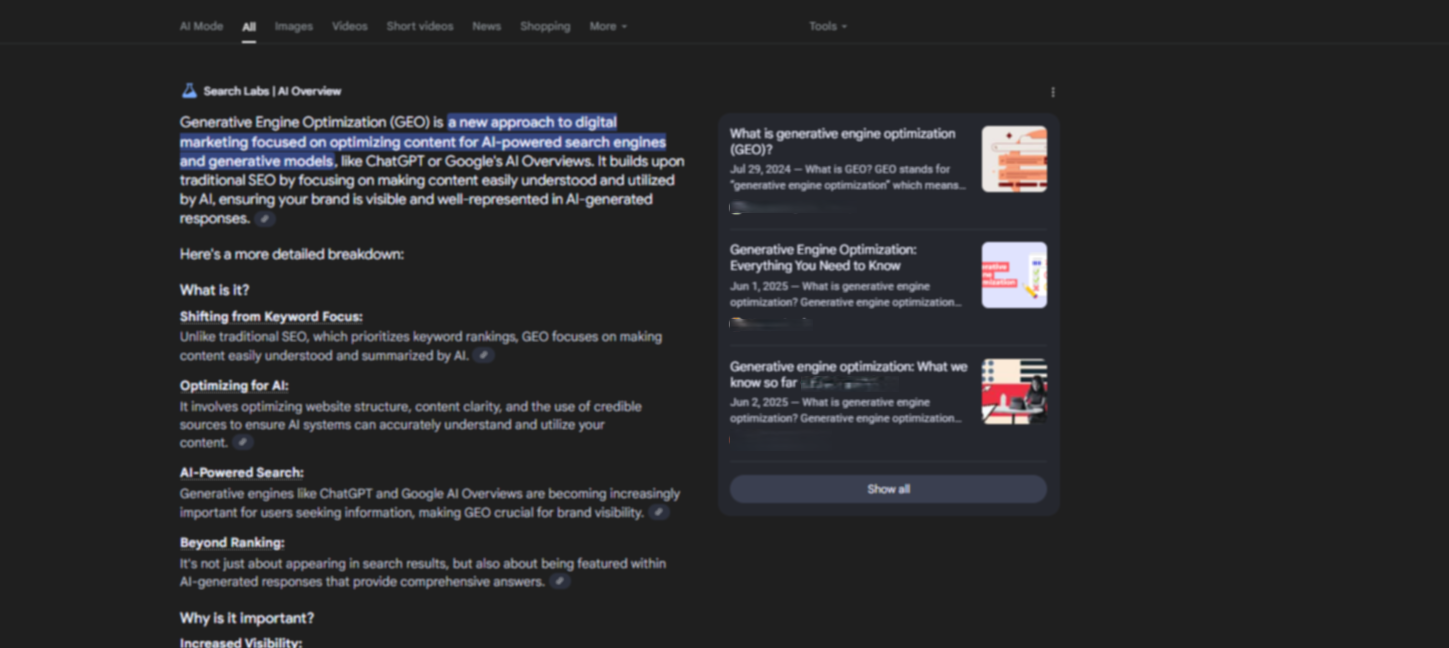Blogging is a core business for my firm, McCord Web Services. I have found that website owners that take a little bit of time to help our writer get their footing, help us to do a better job delivering what they need for organic search placement and development of web…
Web Content
-
-
Inbound Marketing – Where to Invest Your Time?
With link building right now being a big no-no while the Penguin 2.0 shakedown continues this week, the big question is where should you invest your time to improve your organic placement? Here are my top tips and suggestions and where I invest my own time in regards to inbound…
-
Using HubSubHubBub to Tag Your Content for Google
On Monday I spoke a little about HubSubHubBub which Google recommends as a way to push out to the Web and tag your unique content to protect your AuthorRank for organic placement. In this post I want to dive a little deeper into this topic to help you understand how…
-
Google and Unique Content Authorship
This is a very interesting video from Matt Cutts about who gets credit for content when someone steals your content. If you wrote content, someone steals and changes a date stamp to appear that they were the originator of the content what can you do. Matt addresses several scenarios in…






